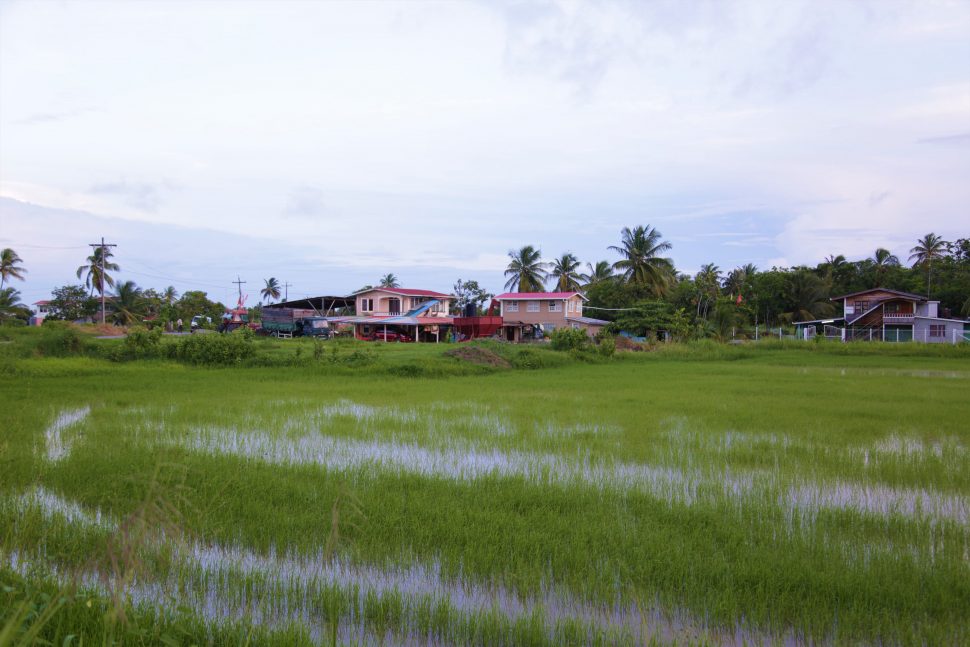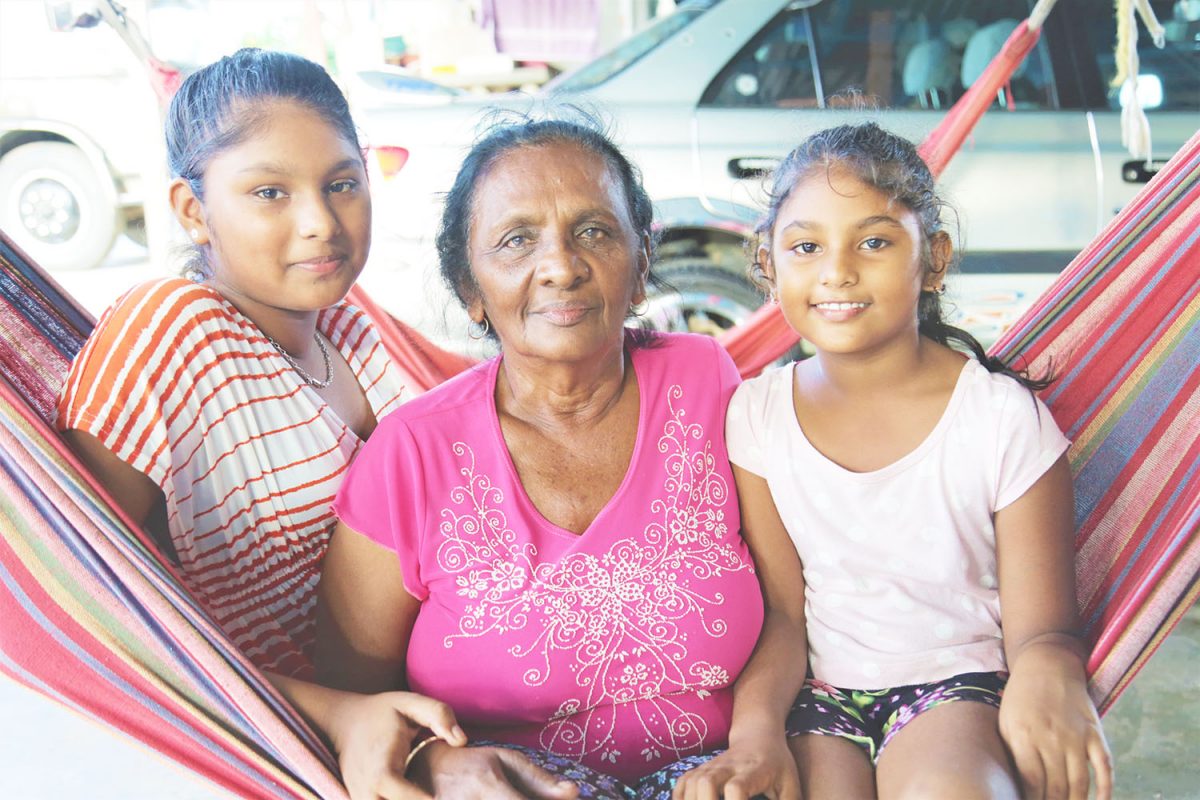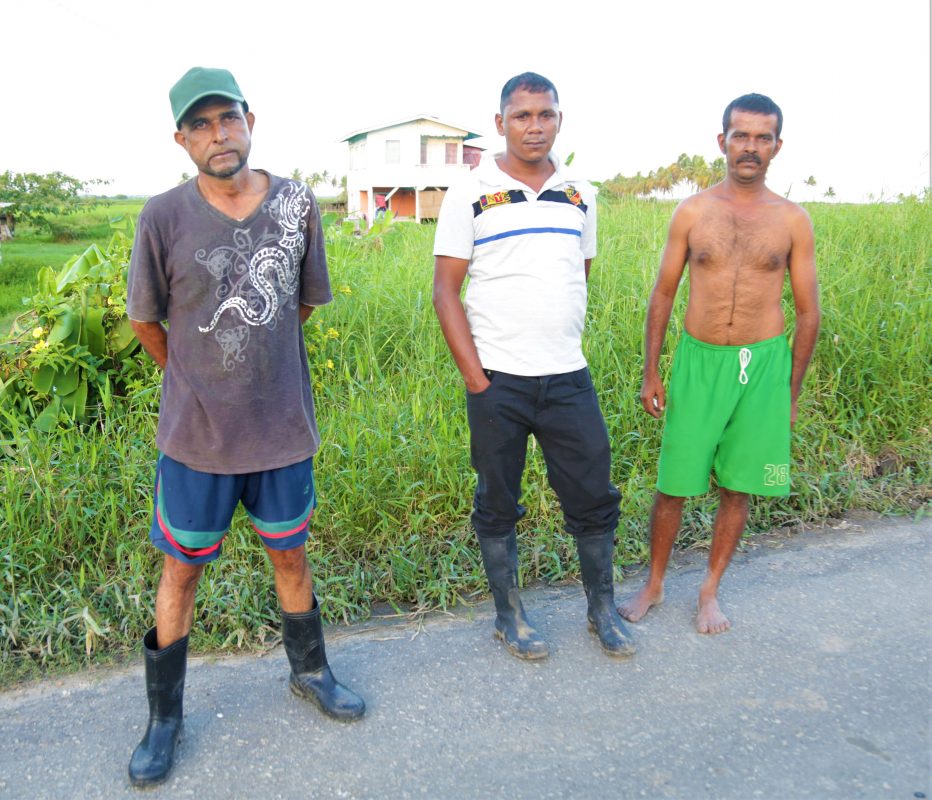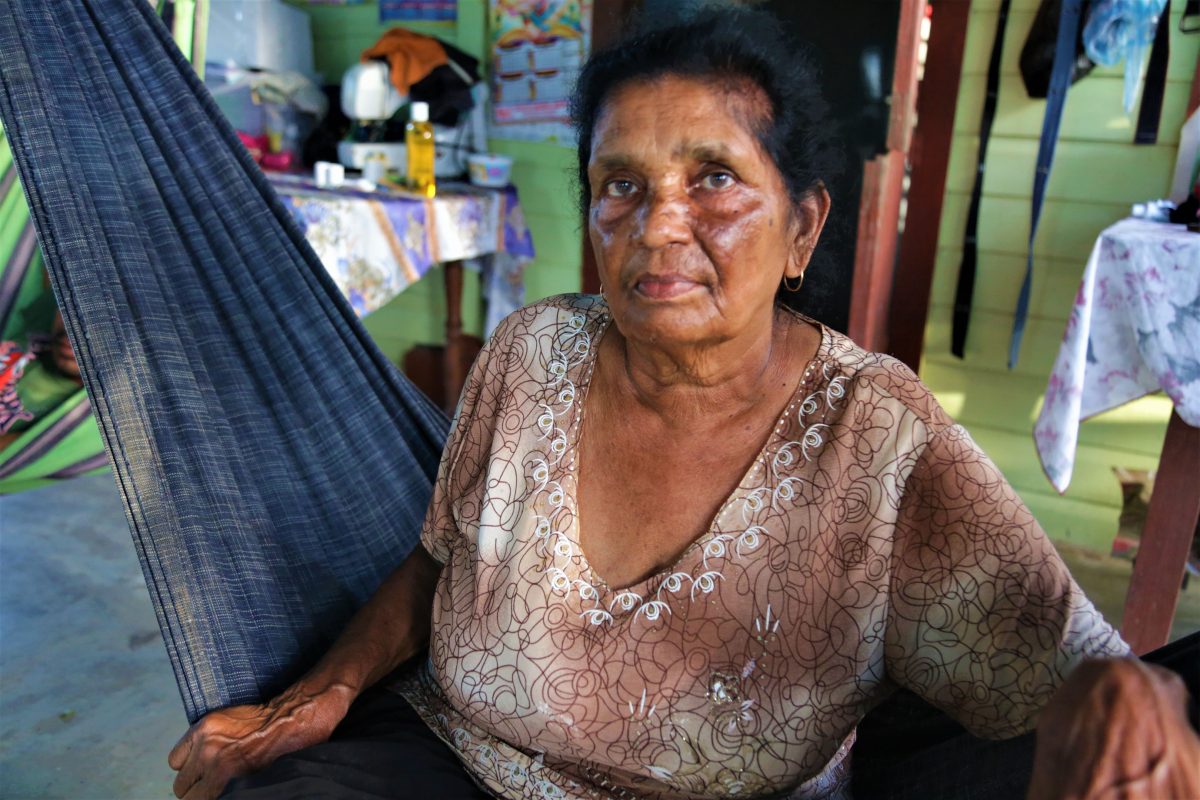As we headed along the De Hoop Branch Road, Mahaicony, the driver of the vehicle was pointing out the villages we passed. Before we had gotten too far, I heard him say, “This is Region Back”. Region Back? I silently questioned which region, noting that it was near the Mahaica Creek (Region Four) and cognizant that the vehicle was on a Mahaicony road (Region Five).
I was informed that Region Back is at the back of Region Four (Demerara/ Mahaica), but considered to be located in Region Five.
A hamlet, Region Back has an average population of 60. It can be accessed via the De Hoop Branch Road or the Mahaica Creek.
Over the years, Region Back has benefitted from electricity, potable water and a road that can be accessed by vehicles that are not tractors. However, not everything has changed. The community is still waiting for telephones and streetlights. Because there are not many houses, Region Back can be extra dark when night falls.
The main economic activity of residents is farming rice and cash crops.
Latchmin Harrikissoon’s daughter appeared at the gate with their pet terrier Bravo, named for the West Indies cricketer, following close behind. Harrikissoon sat in her hammock with her grandchildren perched on a bench nearby, but not for long. As she spoke with me, they slowly migrated to the hammock.
A native of Clonbrook, Harrikissoon moved to Region Back when she got married. She was 14 years old. Their union produced six children, two of whom passed away some years ago.
A widow, the 74-year-old woman recalled that the area was bushy and uninteresting. Back then, she said, the houses surrounded the creek, whereas today, many are situated alongside the road.
The road then was a mere muddy dam used to get to the farms. People only traversed it on foot or by tractor.
“Back then, the launch ran the creek and it stop at the different landing to drop off people or pick them up,” Harrikissoon said. “I didn’t know about the boat life until I come here. It was something new to me and I didn’t feel too happy about it. We live close to the creek, so we didn’t have to go far for water. We get water for everything right there.”
Many of the persons who travelled with the launch did so mainly for the purpose of getting to the Mahaica Market to buy or sell. Today, there are mobile shop vans, so residents no longer have head to the market. Those who sell at the market square travel via buses and pickups.
Asked how she managed a home at such a tender age, Harrikissoon replied, “Well you got to try”. She explained that prior to getting hitched, she had assisted her mother with her younger siblings and tended to their home, so she had some sort of experience. Before that she attended Ann’s Grove Primary.
‘All I have now’
Seeta (no last name given) had dough sticking to her hands. As she brushed a strand of hair from her face with the back of her hand, she explained that she was making an early dinner, but had time to chat as the dough needed to rise.
There were four hammocks tied under her house. Her husband, who is visually-impaired and partially deaf, occupied one, a friend of her son’s another and she directed me to the third before settling in last one. More than a dozen bottles of pepper sauce and a couple bottles of achar sat on a table. Some of the sauces were made with mainly peppers, while others were mixtures of peppers with bilimbi or with limes. Seeta said she would soon be visiting relatives in the United States and they had ordered the pepper sauces.
Now 73-years-old, she has been living in Region Back since 1962. Her husband, Seeta said, was the brother of Harrikissoon’s late husband. She added that most, if not all, of the residents of Region Back were related by blood or marriage. “When I first came here, we used to use the launch,” she said. “The launch though used to come early in the morning, so if you ready for ten o’clock you had to walk the dam out. The dam was two miles. I used to sell in the market. I sell there for 30 years. I don’t sell anymore, only once, near and far from right at home when anybody come to buy something. My husband stop farming and I don’t go to the market anymore. My son does farm now. All I have now is a kitchen garden… I only got a bed of callaloo.” She paused to ask the young man listening from his hammock to peel a dry coconut for her to make saime (a type of green bean) curry the following morning.
Seeta, who hails from Mon Repos, shared that she has come to love the quiet nature of the Region Back. The only time she ventures out of the community is when she has to go to the Georgetown Public Hospital clinic for her arthritis. Her son would drop her out to the road with his vehicle, and she takes transportation from there. To return, she uses a taxi. Seeta’s husband, on the other hand, visits the clinic at the Mahaicony Cottage Hospital from time to time. She said getting in and out would be easier and safer if the muddy dam that leads to her residence was paved.
Nandram Nandkumar better known as ‘Hardat’ stood on the De Hoop Branch Road with neighbours, who are also his cousins. Nandkumar was born in Region Back.
“In ancient days we never had a road like this; it was a mud dam,” he said. “This place is ancient. I don’t know how long ago the place existed, but it had to go back to the 1800s. Whilst growing up, we had a little piece of place at the back there and we started to cultivate it and whatever we reaped we sold at Bourda Market. I still go to Bourda Market. I’ve been going there over ten years. I would go down there and sell it in the night or in the afternoon. I would go like three times a week, depending on how much produce I get. It’s not an easy task. Tough work. I plant tomato, cabbage, bora, boulanger, okra. We plough the ground with manual tools.”
The man said residents came together to work and build Region Back and they have always been cooperative. “We have a lot of streets here and the ministry not paying attention to us. If you want to make this street here, you would find self-help between the people. They will join and throw some brick. We need our streets to be bitumen especially for the rainy season. With these challenges I still like living here because I feel safe here.”
He also expressed concerns about broken pipelines that are not being fixed despite reports being made to the water utility company. He said the water has become contaminated and although persons mostly rely on the bottled water for drinking and cooking, they use the tap water to brush their teeth, and wash fruits and vegetables among other things. He believes the tainted water is responsible for some of Region Back’s children contracting diarrhoea and vomiting and is, calling on the company to do immediate repairs.










